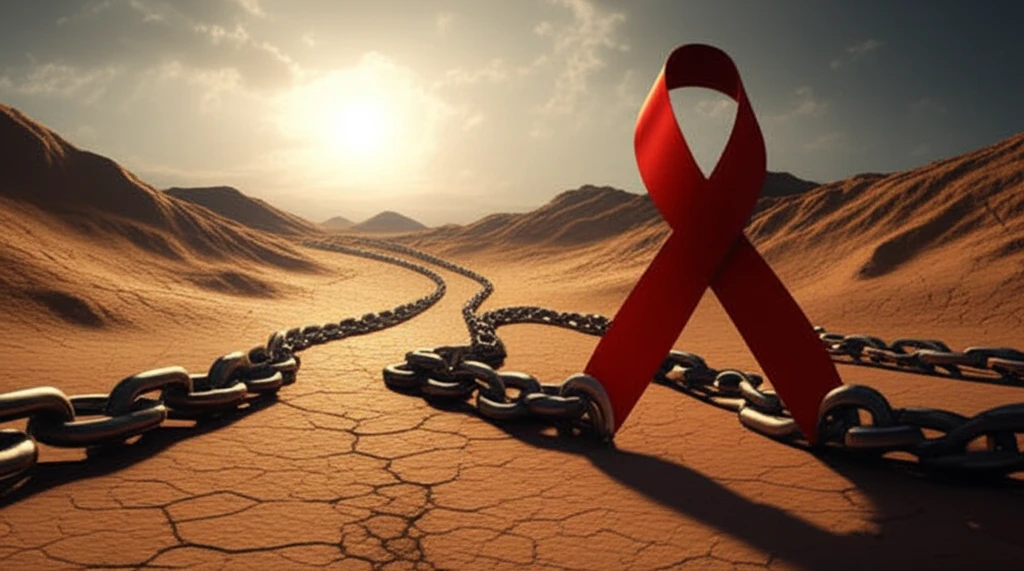
Unseen Crisis: How Human Trafficking Fuels HIV Spread in Tanzania
"A deep dive into the hidden links between exploitation and health risks, and what can be done to protect vulnerable populations."
Human trafficking is a global problem, and Tanzania is no exception. This form of modern-day slavery not only violates human rights but also significantly increases the risk of HIV and other sexually transmitted infections (STIs) for its victims. Understanding this link is crucial for developing effective prevention and intervention strategies.
A groundbreaking study conducted in Tanzania sheds light on the complex relationship between human trafficking and HIV/AIDS. The research reveals how the exploitation of vulnerable individuals creates pathways for the spread of disease, impacting not only the victims but also the broader community.
This article delves into the key findings of the study, exploring the various forms of trafficking prevalent in Tanzania, the health risks faced by victims, and the underlying factors that contribute to this crisis. We will also examine potential solutions and strategies for addressing this urgent issue.
The Harsh Realities of Trafficking in Tanzania: A Breeding Ground for HIV

The study uncovered several common forms of trafficking in Tanzania, each exposing victims to unique health risks. These include:
- Domestic servitude: Housemaids and houseboys, often children, face long hours, low pay, and a high risk of physical and sexual abuse.
- Agricultural labor: Workers on farms and plantations are exposed to dangerous chemicals, injuries, and overcrowded living conditions.
- Mining and construction: Laborers in these sectors endure hazardous conditions, substance abuse, and a lack of safety equipment.
- Sex work: Trafficked individuals are forced into prostitution, facing constant exposure to STIs, violence, and exploitation.
Breaking the Cycle: Strategies for Prevention and Intervention
Addressing the intersection of human trafficking and HIV/AIDS requires a multi-pronged approach that tackles the root causes of vulnerability and empowers victims. The Tanzania government, along with NGOs and international organizations, must work together to:
